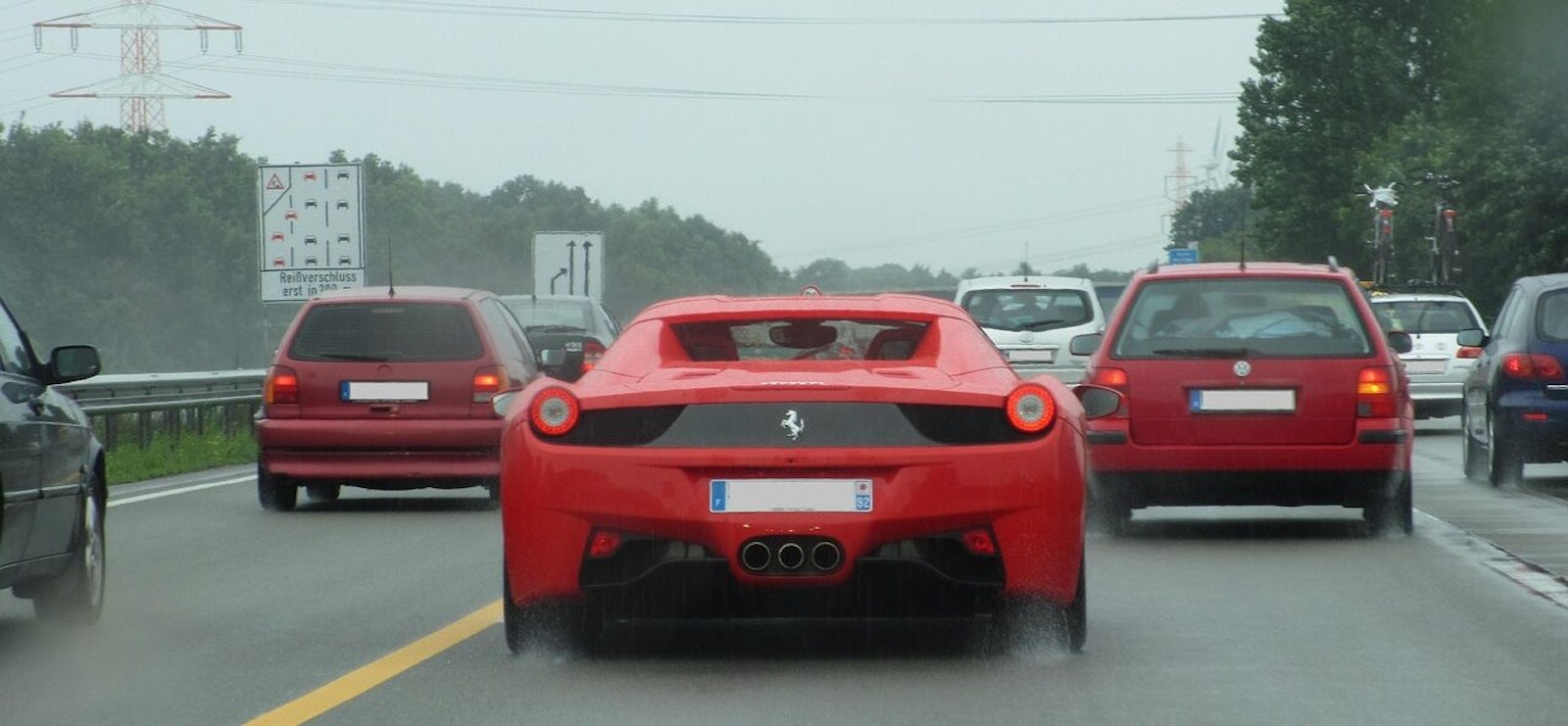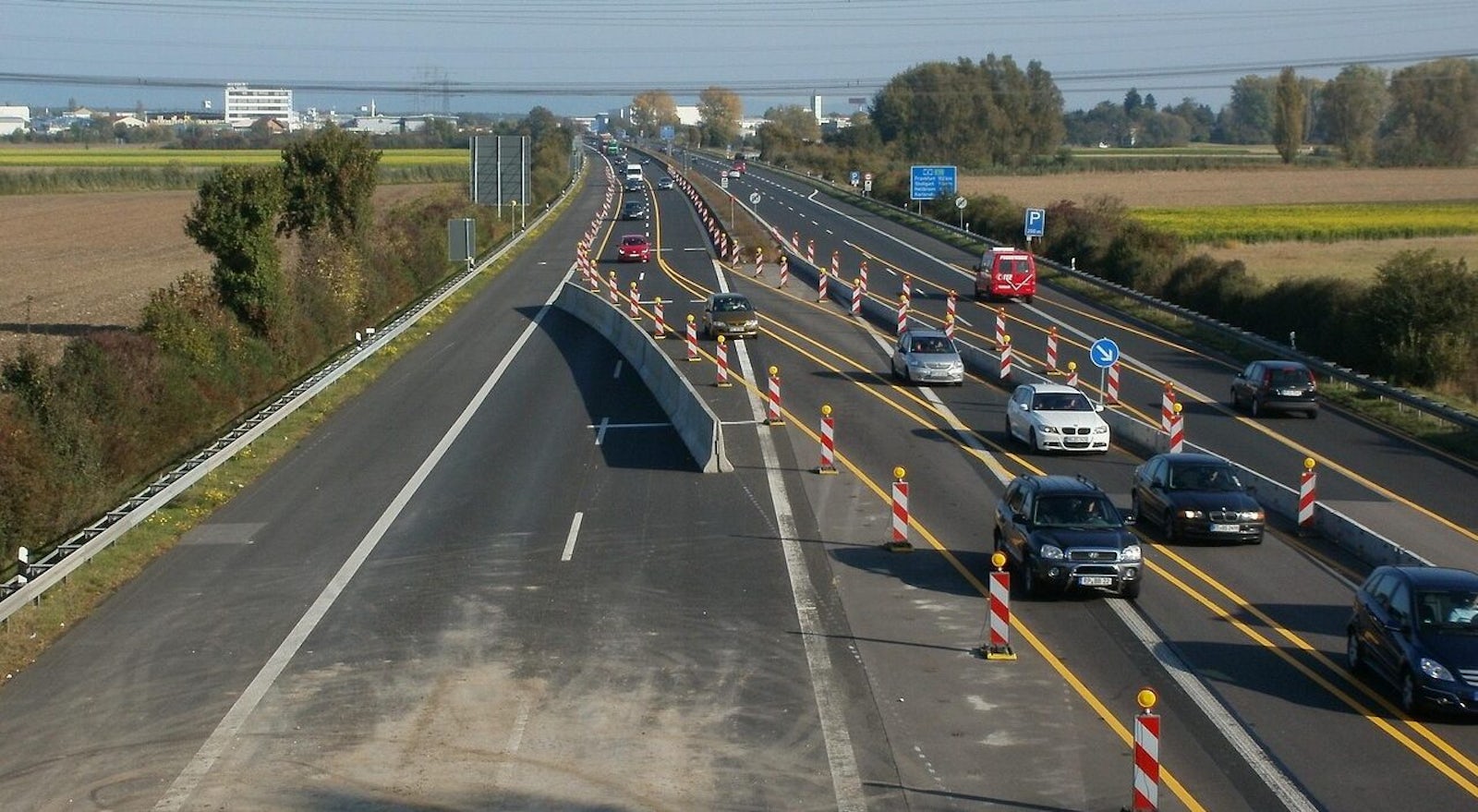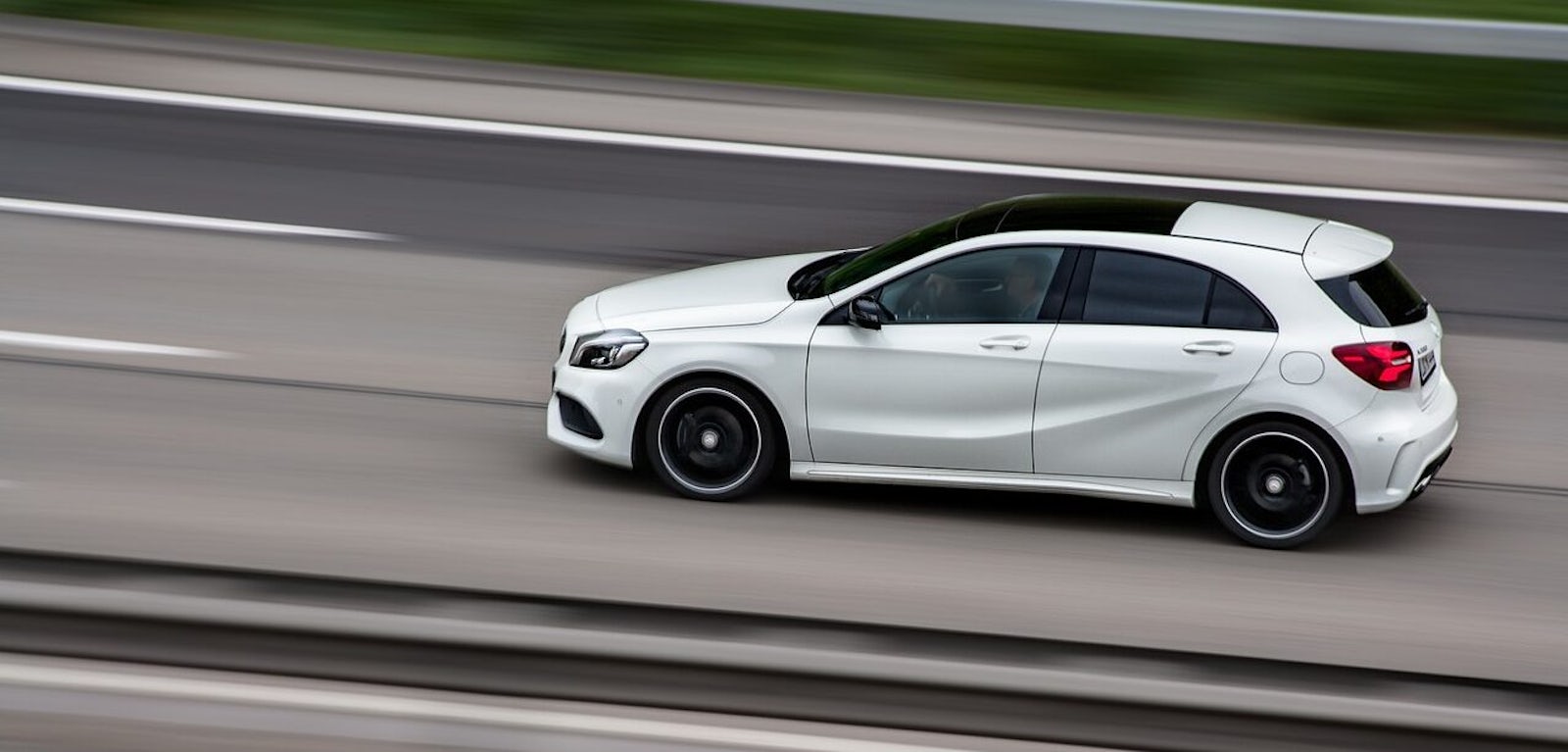Speed limit in Germany: Current surveys and facts
No matter what kind of government we have in Germany – the topic of speed limits is regularly discussed. Opinions on speed limits on German roads are divided, although speed limits have long been in place in other countries. We tell you what the current status is, what attitude the parties have to it and why a speed limit for Germany is repeatedly demanded.
If you are interested in a new car, here are a few offers:
| Model | Offers from | |
| Dacia Spring | €15,689 | Compare offers |
| VW T-Roc | 24.007 € | Compare offers |
| Jeep Avenger | €24,885 | Compare offers |
| Mitsubishi Space Star | €11,997 | Compare offers |
| Fiat 500 Electric | €21,903 | Compare offers |
News on the speed limit in Germany: Surveys & Discussions
The traffic light coalition is history, but the speed limit is not. In the 2021 coalition agreement between the SPD, FDP and Greens, a general speed limit on motorways, country roads and in cities was already a done deal - it did not come to the end, probably also because the FDP was against it. The reason: acceptance in Germany is not given.

But can it really be confirmed that German motorists are against a general speed limit? In 2023, a member survey by the ADAC came to the following conclusion:
- 54 % waren für die Einführung eines Tempolimits auf Autobahnen,
- 41 % stimmten dagegen.
The automobile club explains that the attitude towards the speed limit has continuously shifted towards support since 2020.
A study conducted in 2024 by the Leibniz Institute for Economic Research in Essen came to an even clearer conclusion. Of the almost 6,100 people surveyed, 63% voted for a general speed limit of 130 km/h on motorways.
Above all, climate and health are mentioned when it comes to the importance of a speed limit. In 2024, the Federal Environment Agency published a calculation according to which emissions of greenhouse gases from road traffic, nitrogen oxides and particulate matter emissions from road traffic could be significantly reduced at 130 km/h on motorways and 100 km/h on country roads:
- Greenhouse gases: Reduction of 2.2%
- Nitrogen oxides: Reduction of at least 5.1%
- Particulate matter emissions: Reduction of 3.6%

Speed limits in Germany: What applies on federal roads and motorways
Even though Germany currently does not officially have a speed limit on motorways, the practice is usually different. On many motorways and country roads, there is already a speed limit on some sections. There are often speed cameras and distance measurements there.
Motorways without speed limit
Most motorways in Germany have sections without a speed limit. In total, this is still about 60%. You can recognize highways without a speed limit by the fact that either there is no traffic sign restricting the speed, or that this traffic sign cancels the speed after a restriction.

What are the speed limits on motorways?
130 km/h is suggested as a guideline speed on German motorways if there is no speed limit. But it is not uncommon for speed to be limited on motorways, for example at construction sites, in places that are difficult to see or for noise protection. Certain road users are also not allowed to drive as fast as they would like. Here is a short summary:
- 80 km/h: For trucks and cars with trailers; at construction sites or tunnels (follow the sign)
- 100 km/h: Often in front of tunnels or at motorway junctions; with high traffic volumes
- 120 km/h: Often at night for noise protection or to improve traffic flow
If there is a speed limit on certain motorway sections, this will be indicated to you by a corresponding traffic sign.
Speed limits on other roads
Wenn du nicht auf der Autobahn unterwegs bist, hast du auch in Deutschland Geschwindigkeitsbegrenzungen, an die du dich halten musst:
- Bundes- und Landstraßen: 100 km/h
- Schnellstraßen: 130 km/h
- Innerorts: 50 km/h
Was bringt ein Tempolimit und was kann es nicht?
Befürworter eines Tempolimits auf deutschen Autobahnen führen mehr Sicherheit und positive Auswirkungen auf die Umwelt als Argumente ins Feld. Doch gefährdet rasen auf der Autobahn wirklich Menschenleben und Umweltschutz?

Accident statistics with and without speed limit in comparison
There is often a tendency to equate high speeds with a greater risk of accidents, but this is a misconception. Of course, if an accident happens at high speed, it usually ends fatally. Overall, however, safety cannot be increased by a speed limit. The most important thing is to form an emergency lane in emergencies.
Intra-German comparison: Motorway versus federal highway
Statistically, the motorway – with or without a speed limit – is the safest type of road in Germany. In 2022, only 6% of accidents with personal injury occurred on motorways, with an average of just 1.3 people dying. In comparison, 5.2 people were killed in accidents on federal highways outside built-up areas.
Comparison with other countries
Another argument against the safety aspect is that most countries with a speed limit have more traffic fatalities per 1 million inhabitants than Germany. The reason given in research is the increased monotony at low speeds. Concentration decreases, accidents happen faster - especially when you are tired. The willingness to react decreases when fewer overtaking manoeuvres and speed differences are made.
In France, the Czech Republic or the USA, the speed limit has no influence on safety. In Austria, Switzerland and the Netherlands, on the other hand, you drive safer. However, there is generally no direct connection with higher safety levels and speed limits.
Influence of a speed limit on the flow of traffic
A motorway has the most capacity at 80 km/h. If the speed were to be limited to 130 km/h, this would have little impact on the flow of traffic or resulting traffic jams. Sections with high traffic volumes, mostly around large cities, also already have speed limits at times.
Effect of speed limits on emissions and fuel consumption
Basically, the math seems very simple: the slower you drive, the less fuel consumption you have. But how much fuel can actually be saved if a speed limit applies on the motorway is not so easy to calculate. According to a calculation by the Federal Environment Agency from 2023, 4.7 million tonnes of CO2 could be saved per year if only 120 km/h were allowed to be driven.
If one also takes into account changes in people's behaviour, i.e. switching to other means of transport or country roads because motorways then become less attractive, as much as 6.7 million tonnes of CO2 could be saved.

What is the position of the parties on the speed limit?
Especially before important elections, the positions of the individual parties on the speed limit are a topic of great interest. We have listed the most frequently searched parties regarding speed limits with their positions.
CDU on speed limit: Commitment to the car
For the CDU, a speed limit on motorways and 30 km/h in city centres is unthinkable. The party rejects speed limits and instead wants to weigh up possibilities of more modern traffic control. It is not clear exactly what these are.
FDP on speed limit: Future with combustion engine
According to the FDP, a speed limit on motorways would not result in a decisive reduction in CO2 emissions, which is why they reject a speed limit. Even in built-up areas, 30 km/h should not be introduced across the board.
SPD on speed limit: Highway yes, in urban areas perhaps
The SPD wants to introduce a speed limit of 130 km/h on German motorways. On the subject of 30 km/h in cities, the party does not commit itself, they would like to wait and see what effects already introduced 30 zones have.
BSW on the speed limit: Everything remains as it is
The party Bündnis Sahra Wagenknecht – BSW – is against the introduction of a speed limit on motorways. Even 30 km/h in cities is out of the question for them.

Speed limits in other countries
As already mentioned, Germany is pretty much alone in Europe without a speed limit. Here you can find the speed limits of neighboring countries.
Which countries do not have a speed limit?
Germany is one of the very few countries in the world that has not yet introduced a speed limit. In addition to us, you can also drive in Afghanistan, Bhutan, Burundi, Haiti and Mauritania without restrictions. In Europe, speed limits have been introduced everywhere, with a small exception besides Germany: the British island of Isle of Man.
Speed limit in Austria
In Austria, a maximum speed of 130 km/h applies on motorways, and on certain routes only 100 km/h may be driven due to an environmental speed limit.
Speed limit in Italy
On Italian motorways, the speed limit is 130 km/h, on expressways you can drive 110 km/h and outside built-up areas 90 km/h.
Speed limit in France
The speed limit in France is similar to Italy. Cars and expressways are 130 and 110 km/h respectively, but outside built-up areas only 80 km/h is allowed.
Speed limit in Switzerland
You can drive at a maximum speed of 120 km/h on Swiss motorways, 100 km/h on expressways and a maximum of 80 km/h outside built-up areas.
Speed limit in the Netherlands
Since 2019, a speed limit of 100 km/h has been in force on motorways in the Netherlands between 6 a.m. and 7 p.m. In the evening and at night - depending on the signage - 120 or 130 km/h may be possible. From June 2025, this regulation is to be relaxed. From this point on, 130 km/h will be allowed on selected motorway sections. It is possible that the new regulation will be gradually extended to other motorways.
There are also speed limits in the UK – so be careful when driving to England.